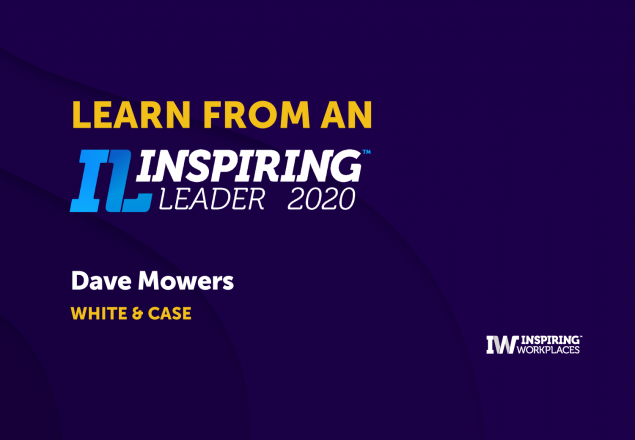
11th July 2024
Fierce Kindness: HR Strategies for Navigating Challenging Workplace Relationships

The “Fierce Kindness” principle, introduced by executive coach Nick Robinson, suggests that HR leaders can effectively manage difficult workplace relationships by combining toughness with empathy. This approach involves self-discipline, assertive communication, and boundary setting, paired with listening, demonstrating empathy, and offering support. By balancing these elements, HR leaders can foster a culture of trust, openness, and collaboration, ensuring both assertiveness and compassion in resolving conflicts.
This article was written by Nick Robinson and published originally in Unleash.
In the world of work, where toughness is often valued over empathy, could the key to unlocking workplace potential be a radical approach that combines both?
Welcome to my paradoxical principle of ‘Fierce Kindness,’ a term I’ve developed to highlight where compassion meets courage in the HR leader’s toolkit.
HR’s Role in Managing Difficult Workplace Relationships
When managing challenging workplace relationships, HR leaders need to embody various roles:
- Strategic: Guiding the overall culture and framing how relationships should function.
- Tactical: Proactively addressing relationship breakdowns that have a broader negative impact.
- Operational: Building strong relationships so HR is the first port of call when a specific relationship shows signs of strain.
This requires a flexible toolkit of approaches, from formal procedures for unacceptable behavior to developmental methods that help people learn and grow beyond difficult relationship patterns.
One essential tool in this kit is the principle of ‘Fierce Kindness,’ which underpins my approach to coaching on managing difficult people at work.
Fierce Kindness: A Dynamic Balance
Fierce Kindness is about balancing two seemingly opposite views.
Fierce: Fierce involves tackling difficult workplace relationships head-on with three key competencies:
- Self-Discipline: Knowing and managing oneself to role-model desired behaviors.
- Assertive Communication: Clearly and respectfully stating thoughts, feelings, and needs.
- Boundary Setting: Establishing and maintaining limits to protect well-being and productivity.
This can be demanding for HR leaders. It requires them to be upfront and assertive in calling out senior leaders who aren’t respecting others, or actively addressing toxic departmental cultures, such as clashes of values around work-life balance and efficiency.
It also involves deciding whether issues are part of the developmental agenda, such as skills in assertive communication or establishing boundaries in the workplace.
Read the full article and find out more about the “kind” principle and how HR can balance being fierce and being kind: The Fierce Kindness principle: How HR should manage difficult workplace relationships
The Inspiring Workplaces Awards are open!
3 ways to be Recognised: Organisations, Individuals and Vendors.






